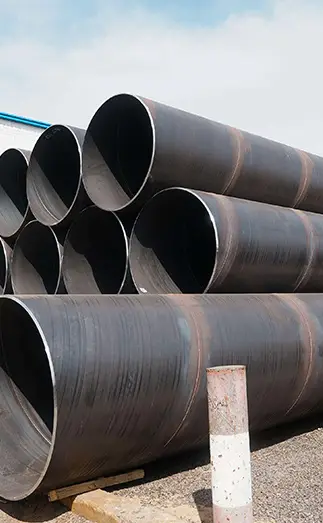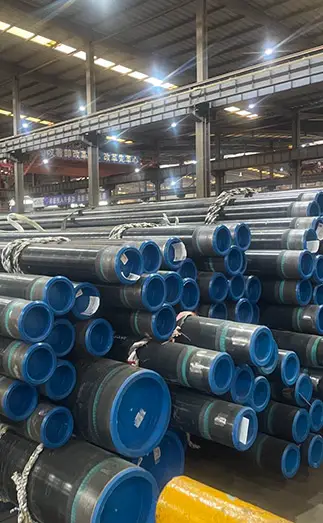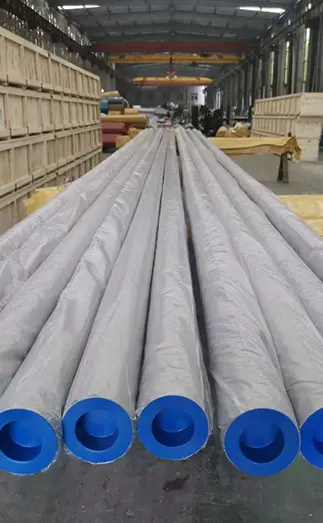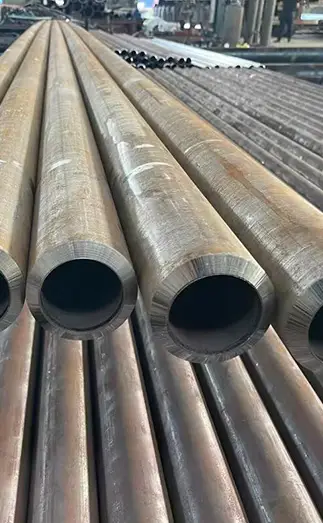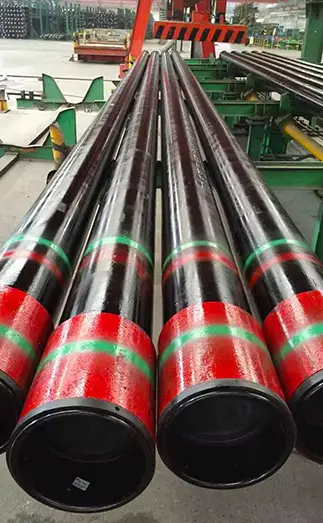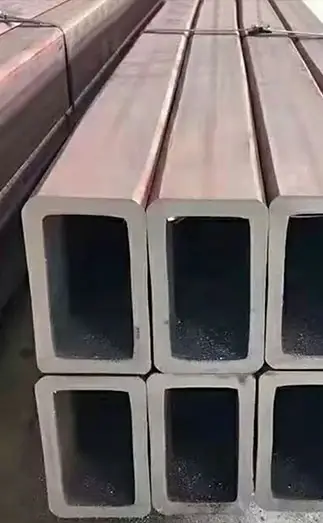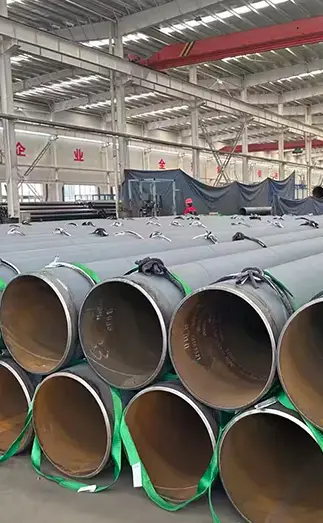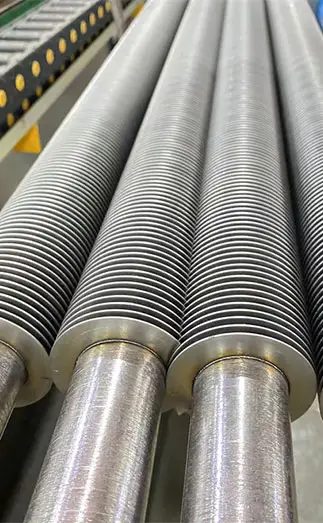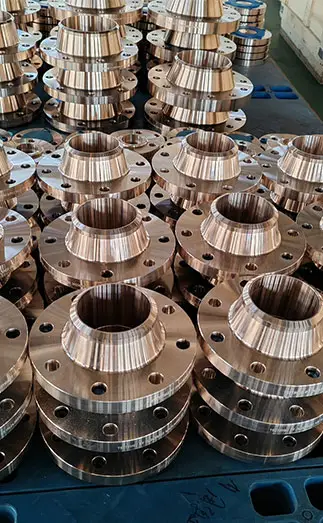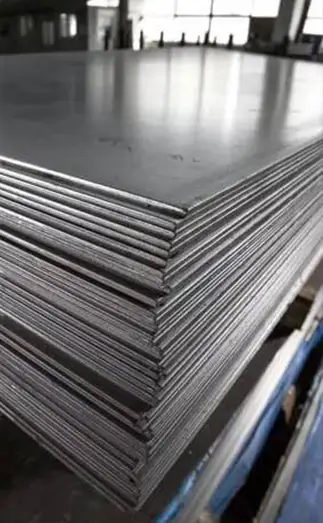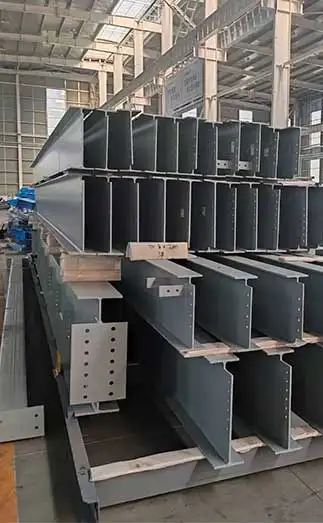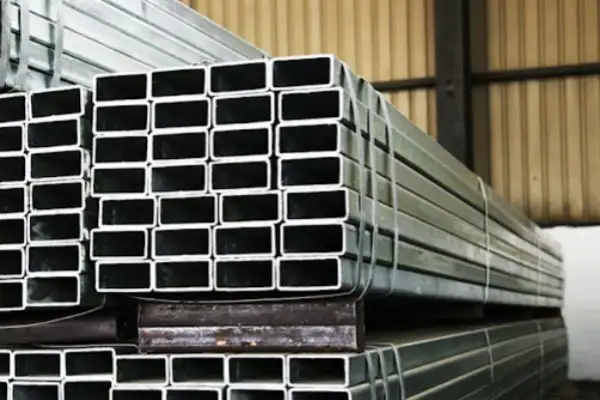As a fundamental material in the industrial sector, the specifications of carbon seamless steel pipes play a critical role in determining their engineering applicability and performance. This article provides a systematic overview of the standard systems, dimensional specifications, material characteristics, and application scenarios of carbon seamless steel pipes.
Super Steel Manufacturing Co.,Ltd is professional seamless steel pipe manufacturer, for more details, please contact:sales@super-steels.com
Standard Systems and Classification
Globally, carbon seamless steel pipes are primarily governed by three standard systems:
ASTM (American Standard)
DIN (German Standard)
GB/T (Chinese National Standard)
According to GB/T 8163-2018, carbon steel seamless pipes are classified into:
Structural pipes (e.g., 20#, 45# steel):
Outer diameter range: 6–630 mm
Wall thickness range: 1–50 mm
Fluid transportation pipes (e.g., Q345B):
Outer diameter range: 10–1220 mm
Wall thickness range: 1.5–120 mm
High-pressure boiler tubes (e.g., 20G):
Required to pass low-temperature impact testing at –40°C
In the ASTM A106 standard, seamless carbon pipes are classified into Grades A, B, and C, with minimum tensile strength requirements of 330 MPa, 415 MPa, and 485 MPa, respectively.
The DIN 2448 standard focuses on high-precision mechanical pipes, with dimensional tolerances controlled within ±0.3 mm, making it suitable for precision engineering applications.
Specification Analysis of Carbon Seamless Steel Pipe
Carbon seamless steel pipes are known for their high strength, toughness, and ductility. They are widely used in sectors such as petroleum, chemical processing, aerospace, and mechanical manufacturing. Key specification parameters include outer diameter, wall thickness, length, and material composition.
1. Outer Diameter (OD)
Standard OD range: 6 mm – 1020 mm
Common ODs: 57 mm, 76 mm
Small diameters: 6 / 10 / 13 / 17 / 21 / 27 mm — typically used in precision instruments
Conventional diameters: 32 / 38 / 42 / 48 / 57 mm — common in hydraulic systems
Large diameters: ≥159 mm — used for main oil and gas pipelines
2. Wall Thickness (WT)
Standard WT range: 1 mm – 100 mm
Common thicknesses: 5 mm, 6 mm
Wall thickness series: from Sch5 to Sch160 (e.g., Sch40 corresponds to ~4 MPa pressure capacity)
Theoretical formula for calculating required wall thickness:
δ = (P × D) / [2σφ + P]
where:
– P = design pressure
– D = outside diameter
– σ = allowable stress
– φ = weld coefficient
3. Length
Standard delivery length: 6 m – 12 m
Can also be customized according to project requirements.
Fixed lengths: 6 m / 9 m / 12 m — commonly used in building and structural applications
Multiple random lengths: starting from 1.5 m, up to a maximum of 18 m
Coiled pipes: available for OD ≤114 mm, delivered in roll form for flexibility
4. Material Grades
Common material types include 20#, 45#, and Q345, each chosen based on different mechanical requirements and working environments:
20#: Good plasticity and weldability, widely used for general purposes
45#: High strength, suitable for parts with higher mechanical demands
Q345: Low alloy steel with better strength and corrosion resistance, ideal for fluid transmission and structural uses
Carbon Steel Seamless Pipe Specification List
The following table lists the commonly used carbon steel seamless pipe specifications:
|
Model
|
Size (outer diameter × wall thickness)
|
Type
|
|
20#
|
57mm×5mm
|
Ordinary
|
|
45#
|
57mm×6mm
|
Ordinary
|
|
Q345
|
76mm×6mm
|
Ordinary
|
|
20#
|
57mm×5mm
|
Precision
|
|
45#
|
57mm×6mm
|
Precision
|
|
Q345
|
76mm×6mm
|
Precision
|
Material Mechanical Properties Comparison
|
Steel grade
|
Yield strength (MPa)
|
Tensile strength (MPa)
|
Elongation (%)
|
Applicable temperature
|
|
20#
|
245
|
410
|
24
|
-20~450℃
|
|
Q345B
|
345
|
470-630
|
22
|
-40~475℃
|
|
ASTM A106B
|
240
|
415
|
30
|
-29~425℃
|
Special Operating Conditions and Recommended Material Selection
When selecting seamless steel pipes for complex or harsh environments, it is essential to consider specific working conditions to ensure long-term safety and performance:
Low-temperature environments: For operations below –46°C, it is recommended to use cold-resistant steel grades such as L245NB, which maintain ductility and toughness under extreme cold.
Corrosive environments: In corrosive media, ST45.8 galvanized pipes with a zinc coating thickness of ≥80 μm are advised to provide effective corrosion protection and prolong service life.
Specification Matching for Typical Application Scenarios
To meet the demands of different industries, carbon seamless steel pipes must be selected with precision based on both performance requirements and application conditions. Below are common application scenarios and their corresponding specification configurations:
1. Hydraulic Systems in Construction Machinery
Main oil line of excavators:
Specification: Φ42 × 5 mm
Material: 27SiMn — high strength and good fatigue resistance
Crane outrigger supports:
Specification: Φ168 × 14 mm
Material: Q460C — excellent yield strength and weldability for structural components
2. Energy Transmission Infrastructure
Shale gas gathering and transport pipelines:
Specification: Φ323.9 × 7.1 mm
Material: L360N — high-pressure tolerance, suitable for long-distance gas transmission
Urban heating networks:
Specification: Φ630 × 8 mm
Structure: 20# carbon steel pipe combined with polyurethane thermal insulation layer — ensuring thermal efficiency and pipe durability
3. Special Equipment and Pressure Vessels
Pressure vessel shells:
Specification: Φ1020 × 16 mm
Material: Q345R — pressure-resistant steel with excellent toughness and weldability
Marine boiler tubes:
Specification: Φ38 × 3.5 mm
Material: 20G — high-temperature resistance and good thermal conductivity for marine applications



 English
English Español
Español Français
Français بالعربية
بالعربية